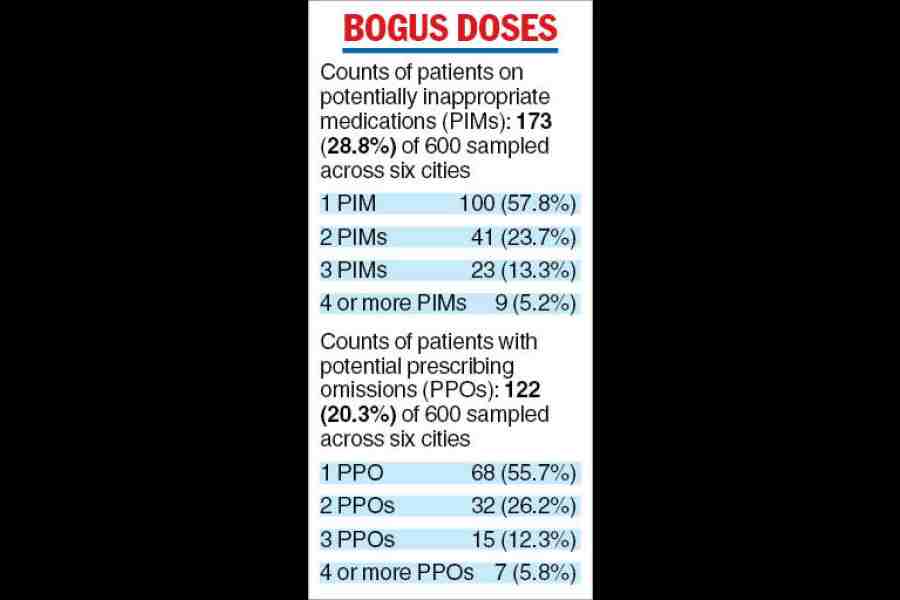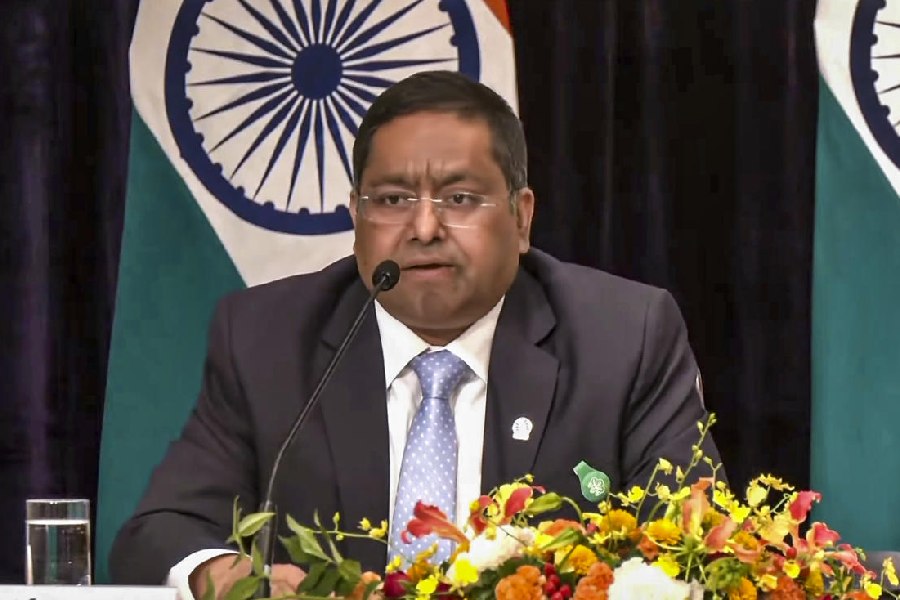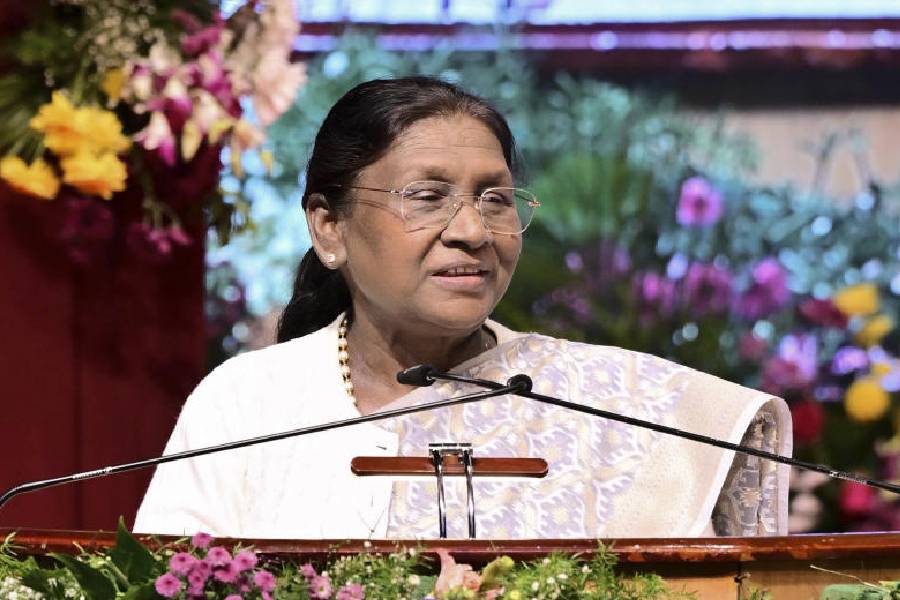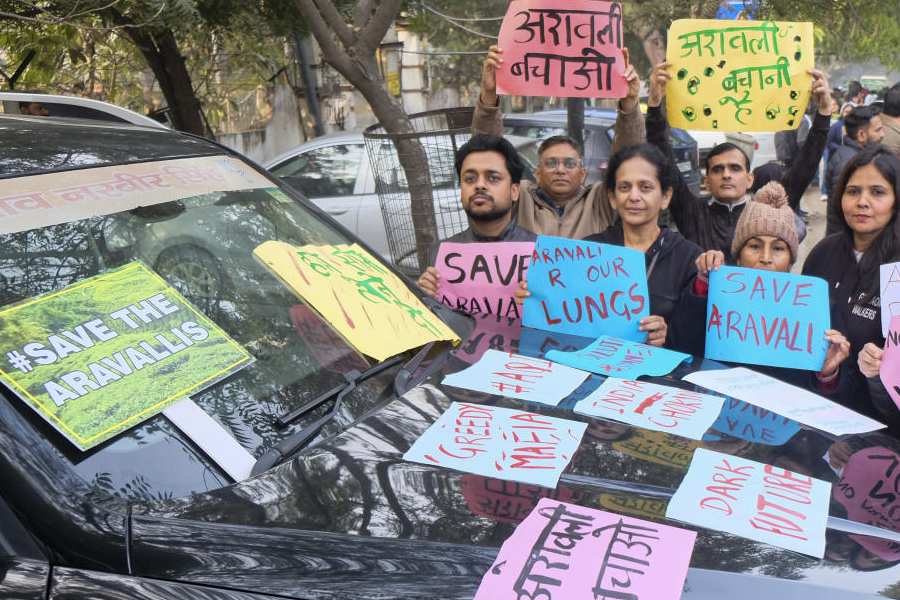Twenty-eight out of every 100 elderly people in India take unnecessary or inappropriate medicines, according to a study that has assessed the prevalence of multiple medication use and self-medication in six cities, including Calcutta.
Researchers relying on door-to-door household surveys in Calcutta, Chennai, Delhi, Guwahati, Patna and Ujjain have uncoveredconcerningly high levels of both inappropriate medications and omissions of key medications, either of which could jeopardise the healthof patients.
Their study has found that 173 (28.8 per cent) of 600 people sampled across the six cities took at least one potentially inappropriate medication (PIM) that lacked clinicaljustification, was being consumed beyond the needed duration or representedduplicate therapy.

The most common PIMs included long-term use of sedatives called benzodiazepines, unjustified use of anti-acidity drugs and use of non-steroidal anti-inflammatory drugs without gastroprotection. One in three patients on PIM was on duplicate therapy, takingat least two drugs with the same action.
The findings highlight the need for special efforts to personalise prescriptions for patients with chronic health disorders to minimise risks of side effects and raise awareness of drug-drug interactions among both doctors and patients, the researchers said.
For their study, Saibal Das, a research scholar at the Indian Council of Medical Research Centre for Ageing and Mental Health, Calcutta, and his colleagues sampled 100 people aged above 60years from each city, analysing medicines, if any, taken by them, either prescribed or self-medicated.
“People in their 60s or older are more likely to have chronic illnesses than younger people — they’re also therefore more likely to be prescribed multiple drugs,” said Santanu Tripathi, a clinical pharmacologist formerly at the School of Tropical Medicine, Calcutta, and a study team member.
“The more the number of medications, the greater the chances of drug-drug interactions, and the greater the need to ensure appropriate medications,” Tripathi said. “This is a field in medical practice that hasn’t received as much attention as it should.”
Among the 173 individuals on at least one PIM, 41 (23.7 per cent) were prescribed two, 23 (13.3 per cent) three, and nine (5.2 per cent) four or more PIMs, Das and his colleagues said, reporting their findings in the research journal Scientific Reports.
The researchers have also found that 122 (20 per cent) of the sampled elderly had at least one potential prescribing omission (PPO), a medicine required but missing in the prescription. Some common PPOs included anti-clotting therapy for patients with diabetes and other cardiovascular risk factors, aspirin or clopidogrel for individuals with documented coronary artery disease, or calciumor vitamin D for people with osteoarthritis.
The most common self-prescribed medications were non-steroidal anti-inflammatory drugs for pain, paracetamol for fever or pain, and antibiotics for upper respiratory infections and diarrhoea.










